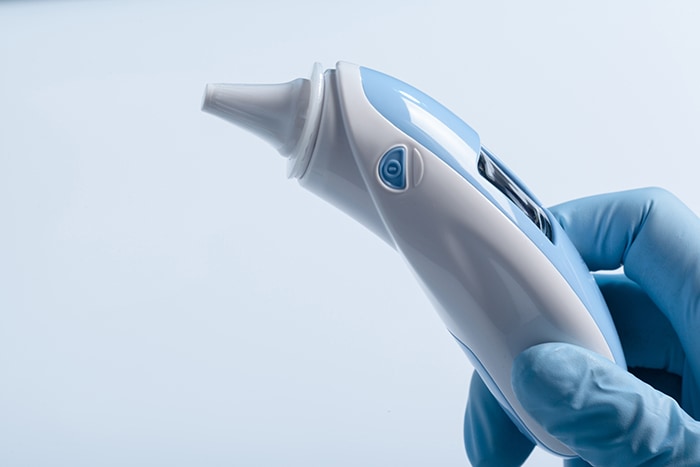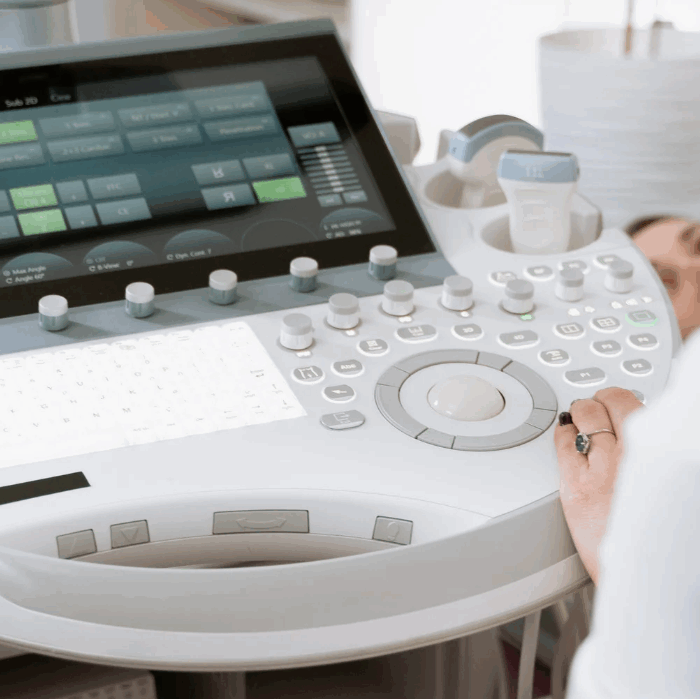Design for Manufacture (DFM) is a crucial approach in product development that emphasises designing products in a way that simplifies and optimises the manufacturing process. It seeks to minimise production costs and complexity while maintaining product quality and performance. As companies face increasing pressure to innovate quickly, reduce costs, and ensure high quality, DFM has emerged as a foundation of modern engineering and manufacturing strategies. This article explores the principles, benefits, and real-world applications of DFM.
Principles of DFM
At its core, DFM revolves around the idea that products should be designed with the manufacturing process in mind. The traditional approach to product development often treats design and manufacturing as separate entities, which can lead to inefficiencies, higher costs, and potential quality issues. DFM bridges this gap by aligning design choices with the realities and constraints of the manufacturing floor.
1. Simplification of Design
A complex design can lead to a longer and costlier manufacturing process. Simplifying the design by reducing the number of components, using standardised parts, and minimising unnecessary features can make the product easier to assemble and manufacture, leading to fewer errors and faster production times.
2. Material Selection
Choosing materials that are not only appropriate for the product’s function but also compatible with the manufacturing processes is essential. For instance, some materials may be easier to machine, mould, or weld, which can reduce production time and equipment wear. Additionally, designers must consider the availability and cost of materials, balancing performance with practicality.
3. Tolerance and Fit Considerations
Manufacturing processes often have inherent variations, and DFM encourages designers to specify tolerances that are realistic and achievable. Overly tight tolerances can increase production costs due to the need for more precise tooling or inspection. On the other hand, loose tolerances may compromise product quality. A well-designed product strikes a balance between these extremes.
4. Design for Assembly (DFA)
DFM and Design for Assembly (DFA) are closely related. DFA focuses on simplifying the assembly process by reducing the number of assembly operations, using parts that are easy to orient and install, and avoiding parts that can only be inserted in one direction. This reduces assembly time, errors, and labour costs.
5. Consideration of Manufacturing Processes
Different manufacturing processes—whether they are machining, injection moulding, stamping, or additive manufacturing—come with specific constraints and opportunities. DFM involves selecting the best manufacturing process for the product while ensuring that the design takes full advantage of the capabilities of the chosen method. For example, injection moulding allows for complex geometries but might limit material choices, while 3D printing opens up new design possibilities but may not be suitable for large-scale production.
Benefits of DFM
Implementing DFM principles brings numerous advantages to companies aiming to streamline their product development and manufacturing processes:
1. Cost Reduction
By designing products that are easier to manufacture, companies can significantly reduce production costs. Simplified designs often lead to lower material costs, reduced labour expenses, and minimised equipment wear. Furthermore, fewer manufacturing errors mean fewer scrapped parts and less rework, saving additional time and money.
2. Shorter Time to Market
Products designed with DFM principles in mind typically go through fewer design iterations and are easier to produce. This accelerates the transition from concept to market, giving companies a competitive edge in industries where time-to-market is critical.
3. Improved Product Quality
DFM not only reduces manufacturing complexity but also enhances product reliability and quality. By designing with manufacturability in mind, engineers can mitigate potential production issues, ensuring that the final product is consistent and meets quality standards. Fewer assembly errors and more robust designs lead to fewer warranty claims and improved customer satisfaction.
4. Sustainability and Resource Efficiency
DFM can also lead to more sustainable manufacturing practices. Simplified designs that use fewer materials or recyclable components contribute to reducing waste and minimising the environmental footprint of production. Additionally, optimising manufacturing processes can reduce energy consumption and improve overall resource efficiency.
Real-World Applications of DFM
The principles of DFM are applied across various industries, from consumer electronics to automotive, aerospace, and healthcare.
Automotive Industry: Car manufacturers frequently apply DFM to reduce the number of parts and simplify assembly processes. For instance, using modular components allows automakers to standardise production and reduce complexity on the assembly line, resulting in faster production and lower costs.
Electronics: In consumer electronics, DFM helps companies design products that can be mass-produced efficiently. Apple, for example, is known for meticulously designing its products with manufacturability in mind, often working closely with suppliers to ensure that every component can be manufactured at scale without compromising on quality.
Aerospace: The aerospace industry, with its stringent safety requirements, heavily relies on DFM to ensure that complex components are both manufacturable and reliable. Aircraft manufacturers use DFM to optimise the production of parts made from advanced materials, ensuring they meet both performance and manufacturability criteria.
Final Takeaway
Design for Manufacture (DFM) is a powerful approach that integrates product design with the manufacturing process, resulting in reduced costs, shorter time to market, and improved product quality. While implementing DFM requires collaboration between design and manufacturing teams, the benefits far outweigh the challenges. As manufacturing technologies continue to evolve, DFM will play an increasingly critical role in helping companies remain competitive in an ever-changing market. Whether it’s in electronics, automotive, or aerospace, DFM ensures that great ideas not only come to life but also get to the market efficiently and sustainably.
Choose Key Precision for DFM
At Key Precision, we understand that successful injection moulding begins with thoughtful product design and Design for Manufacture (DFM). Our expert team seamlessly bridges the gap between your concept and a manufacturable product, using advanced CAD/CAM software and decades of experience to optimise designs for efficiency, quality, and cost-effectiveness. Ready to transform your idea into reality? Contact our design team today for a consultation and discover how we can bring your product to life with precision and reliability.






